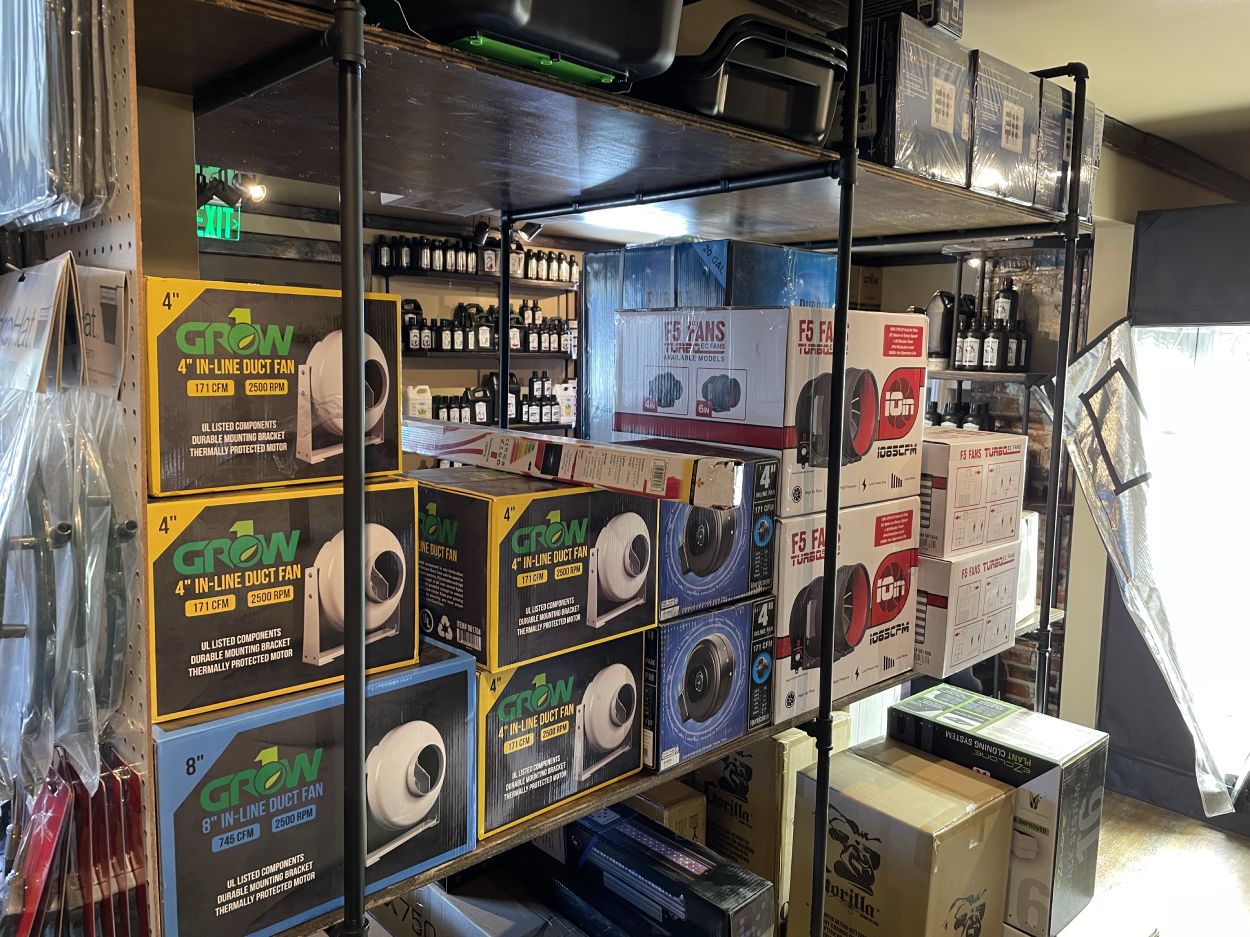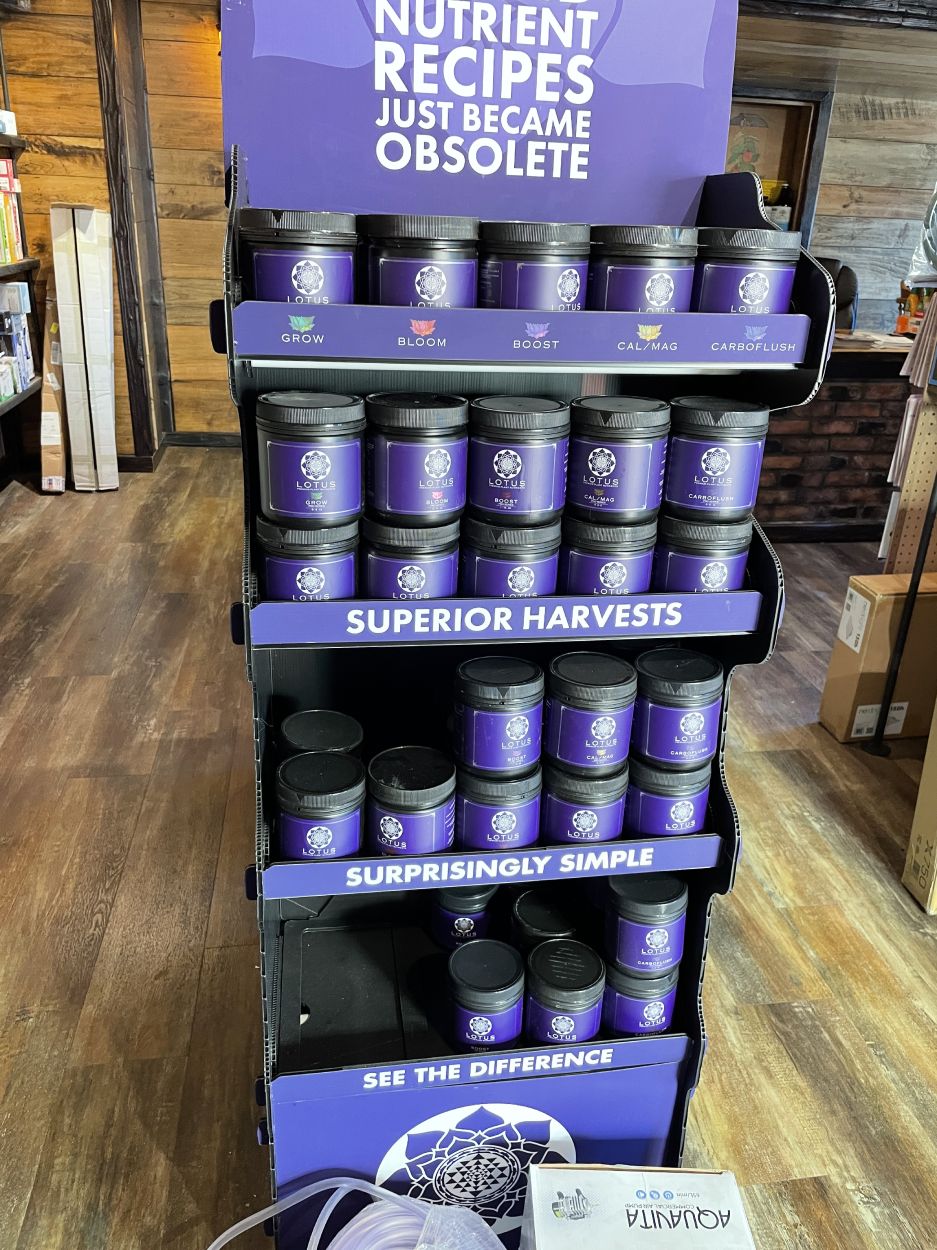The Indoor Earthworm : A Comprehensive Overview
The Indoor Earthworm : A Comprehensive Overview
Blog Article
The Ultimate Guide to Hydroponic Solutions and Techniques
In the world of modern farming, hydroponic systems have emerged as a cutting-edge technique for cultivating plants without soil. As we reveal the details of hydroponics in this detailed guide, we will navigate with the different kinds of systems, check out the crucial nutrients crucial for plant growth, and delve right into sophisticated methods that can dramatically enhance yields.
Advantages of Hydroponic Equipments
Hydroponic systems supply a wide variety of benefits, including reliable resource usage and precise nutrient distribution to plants. By providing a regulated atmosphere for plant growth, hydroponic systems allow optimal water and nutrient usage, resulting in greater yields compared to conventional soil-based cultivation. This efficiency not only preserves sources but also minimizes waste, making hydroponic systems eco-friendly.
In addition, the precise distribution of nutrients in hydroponic systems permits personalization based on the specific requirements of each plant range. This targeted approach makes sure that plants receive the best balance of crucial nutrients, advertising much healthier development and reducing the threat of nutrient shortages or discrepancies. Furthermore, the capacity to adjust and keep track of nutrient levels in real-time maximizes plant performance and overall crop high quality.
Moreover, hydroponic systems eliminate the requirement for herbicides and chemicals, as the closed-loop system decreases the risk of parasites and diseases that are generally located in soil-based agriculture - The Indoor Earthworm. This not only profits the plants and the environment however additionally adds to creating cleaner, much healthier crops for intake
Kinds Of Hydroponic Setups

Deep Water Society (DWC) involves putting on hold plant origins in a nutrient remedy, enabling adequate oxygenation. Nutrient Movie Technique (NFT) uses a superficial stream of nutrient solution flowing over the plant origins, providing a consistent supply of nutrients. Ups and downs systems flooding the plant origins at periods, ensuring they get nutrients and oxygen. Leak systems include dripping a nutrient remedy onto the plant roots, providing specific control over feeding. Aeroponics hazes the plant origins with a nutrient remedy, making the most of oxygen absorption.
Each kind of hydroponic arrangement has its benefits and is fit to various plant ranges and growth stages. Understanding the distinctive functions of these systems can aid hydroponic farmers choose the most suitable configuration for their specific requirements and preferences.
Vital Nutrients for Hydroponics
In hydroponic systems, plants depend on an exact equilibrium of important nutrients to thrive and expand efficiently. These crucial nutrients are essential for various plant functions such as photosynthesis, root advancement, and general link growth.
Along with macronutrients, plants also need second nutrients like magnesium, calcium, and sulfur, as well as micronutrients such as iron, copper, zinc, and manganese (The Indoor Earthworm). These nutrients are crucial for making certain that plants have all the required structure obstructs to execute necessary organic procedures

Advanced Methods for Maximum Return
To achieve optimum returns in hydroponic systems, farmers can execute sophisticated techniques that boost plant development and efficiency. Furthermore, using strategies like plant training and trimming can help maximize light circulation and air flow, ensuring that all components of the plant receive appropriate light and nutrients. Utilizing automated systems for nutrient distribution and monitoring can help maintain optimal nutrient degrees, minimizing the risk of shortages or discrepancies that can prevent plant development.
Troubleshooting Common Hydroponic Issues
One widespread problem is nutrition shortages, where look what i found plants do not have crucial components for healthy and balanced advancement. Keeping the proper pH range details to the plant being expanded is crucial for optimal nutrient uptake. By quickly identifying and resolving these common hydroponic concerns, farmers can maintain healthy and balanced plants and make best use of returns in their hydroponic systems.
Final Thought
In final thought, hydroponic systems provide many benefits for expanding plants successfully. With careful preparation and interest to detail, hydroponic systems can revolutionize the means plants are grown, leading to more efficient and lasting farming techniques.
By offering a regulated environment for plant development, hydroponic systems make it possible for optimum water and nutrient usage, leading to greater returns contrasted to conventional soil-based cultivation. next The Indoor Earthworm. Nutrient Film Technique (NFT) makes use of a shallow stream of nutrient solution flowing over the plant origins, giving a constant supply of nutrients. Monitoring and readjusting nutrient degrees based on plant growth phases is essential to preventing vitamins and mineral deficiencies or toxicities and making the most of plant efficiency in hydroponic systems
Furthermore, using methods like plant training and pruning can help enhance light distribution and air flow, ensuring that all components of the plant get adequate light and nutrients. Using automated systems for nutrient delivery and monitoring can assist keep ideal nutrient levels, minimizing the risk of deficiencies or imbalances that can prevent plant growth.
Report this page